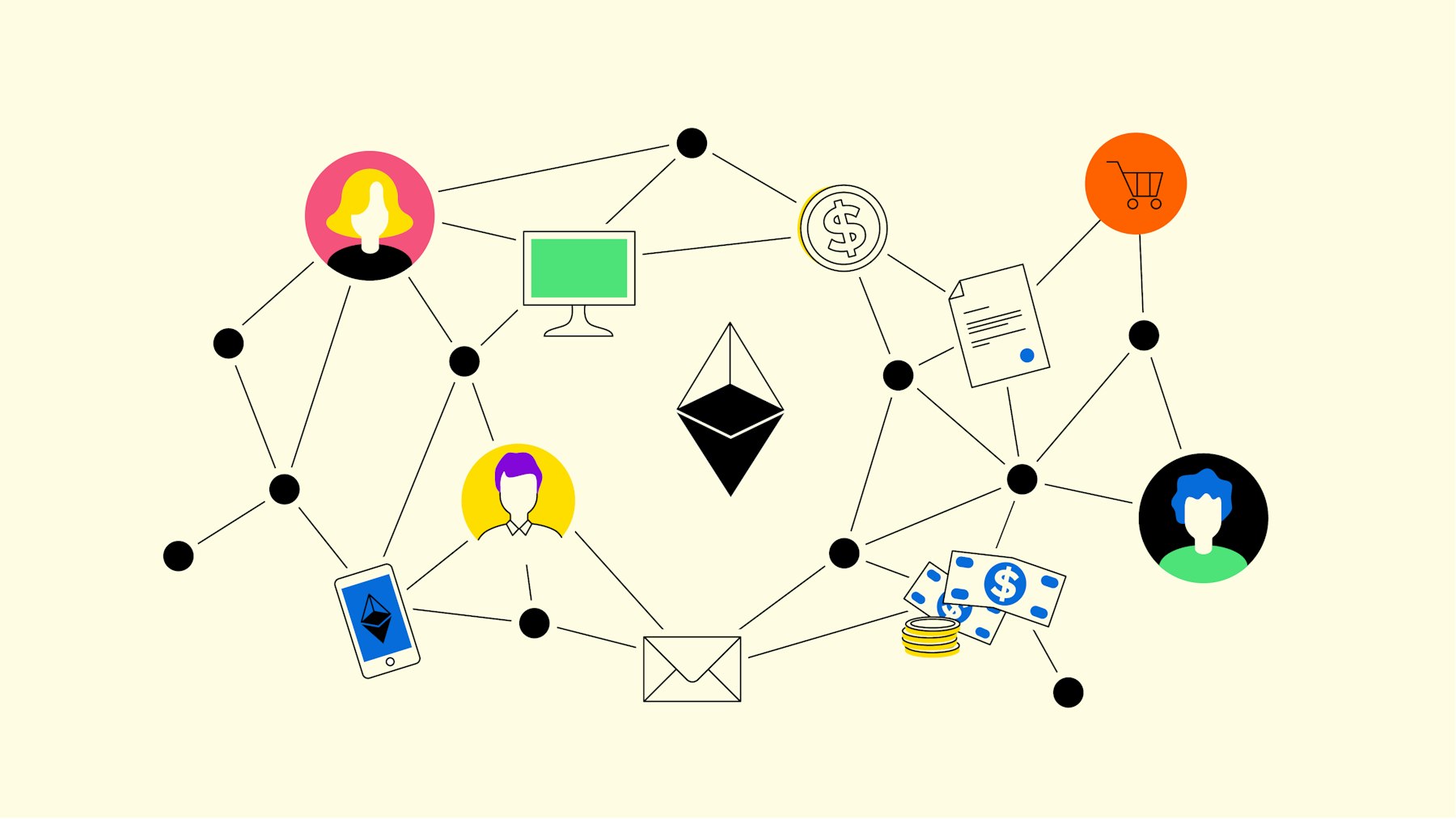Definition of the Metaverse
The metaverse is a virtual universe where digital representations of people, known as avatars, can interact with each other and the environment around them. It is a convergence of virtually enhanced physical reality and physically persistent virtual space, including virtual reality (VR), augmented reality (AR), and the internet. Essentially, it is a shared online space that exists parallel to the real world, enabling users to experience a blend of digital and physical realities.
How does the Metaverse work?
The metaverse functions through a combination of several advanced technologies. Virtual Reality (VR) is one of the primary technologies driving the metaverse. It uses VR headsets to immerse users in a fully virtual environment, allowing for realistic interactions within the metaverse. This technology provides a sense of presence and engagement essential for a convincing virtual experience.
Augmented Reality (AR) overlays digital content onto the real world, enhancing the user's experience by combining physical and virtual realms. AR allows users to see and interact with digital elements in their physical environment, creating a blended experience that enhances the perception of reality. This technology is crucial for applications that require interaction with both the real and virtual world.
Blockchain technology ensures secure and decentralised transactions within the metaverse, enabling the ownership and trade of digital assets. It provides a transparent and immutable ledger that records all transactions, ensuring that digital assets are securely owned and can be traded without intermediaries. This technology is fundamental for creating a trustworthy economic system within the metaverse.
High-quality 3D graphics and powerful computing systems render virtual worlds, making them immersive and interactive. Advanced graphics processing units (GPUs) and computing power are essential for creating detailed and realistic virtual environments. These technologies enable the creation of complex and visually appealing virtual worlds that users can explore and interact with.
Internet connectivity, specifically high-speed internet, is crucial for real-time interactions and seamless experiences in the metaverse. This virtual environment relies on continuous data exchange between users and servers, necessitating a stable and fast internet connection. High-speed internet ensures that users can interact with the virtual environment and other users without lag or interruptions, providing a smooth and engaging experience.
